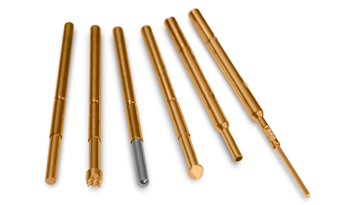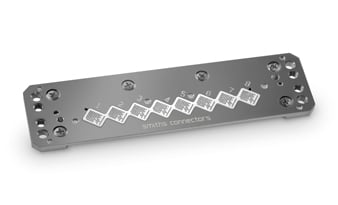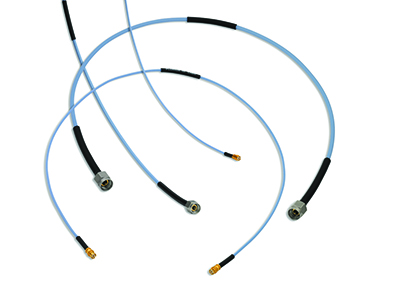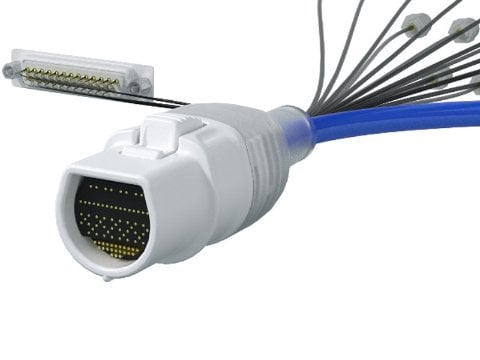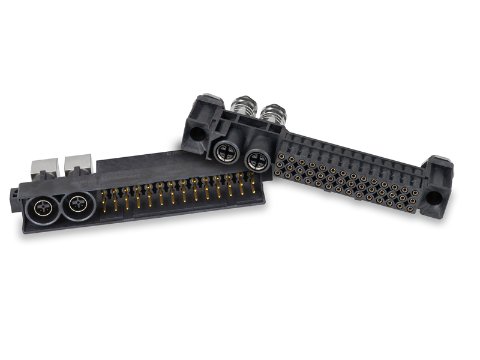- S-3 Series probes and receptacles
- 5 A current rating
- Spring force options between 4.00 and 7.00 oz.
- 1.310" (33.27 mm) overall length
- IDI Spring Probe technology
| Probe | Probe OAL |
Max Travel |
Mating Receptacle |
|---|---|---|---|
| S-3 Series |
1.310 (33.27) |
0.250 (6.35) |
R-3 Series |
Dimensions are in inches (mm) | All specifications are subject to change.
| Receptacle | Insertion Tool | Crimping Pliers |
| R-3 Series | RT-3 | CP-3 (for 22-26 gage solid conductor) |


